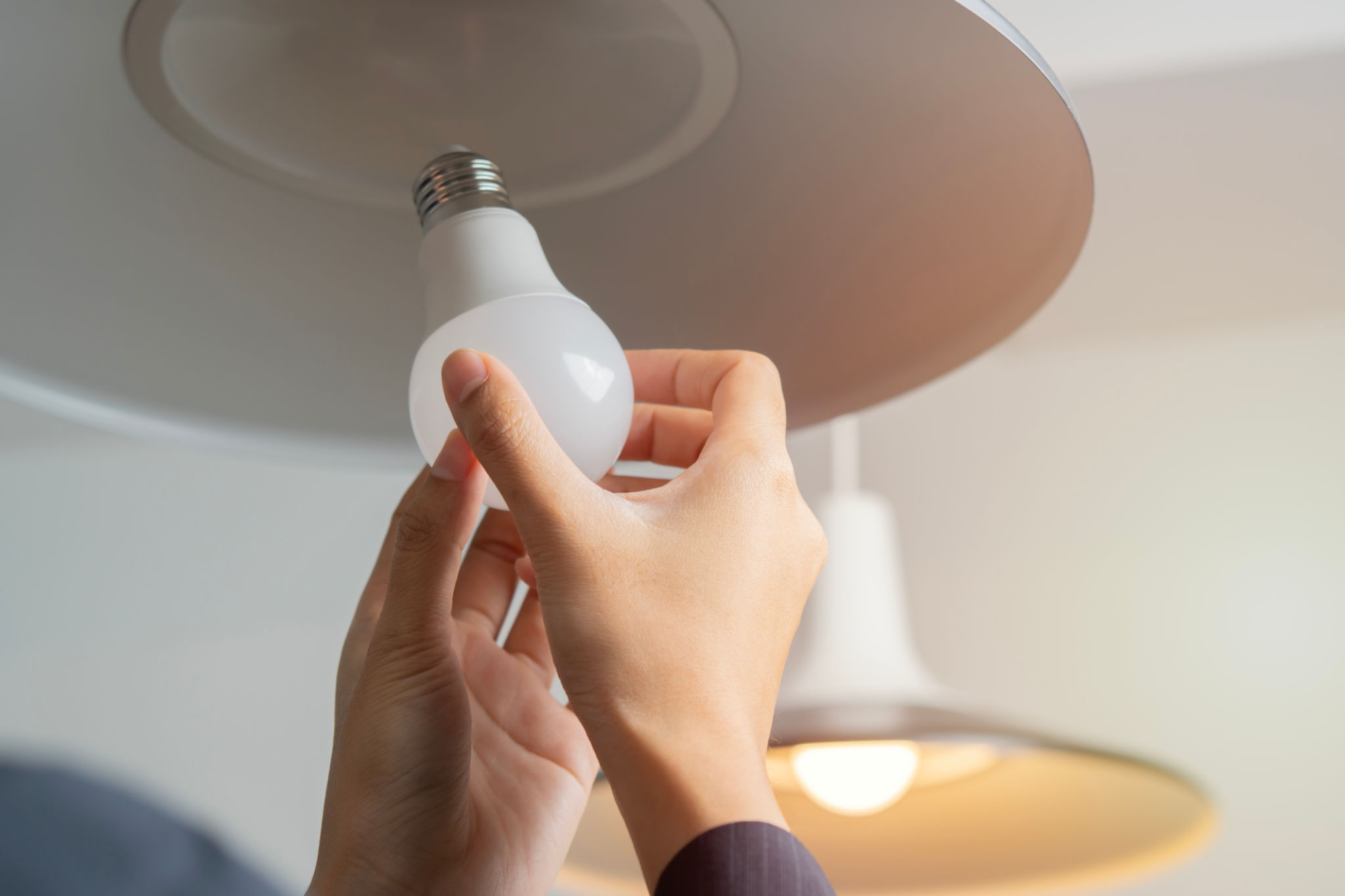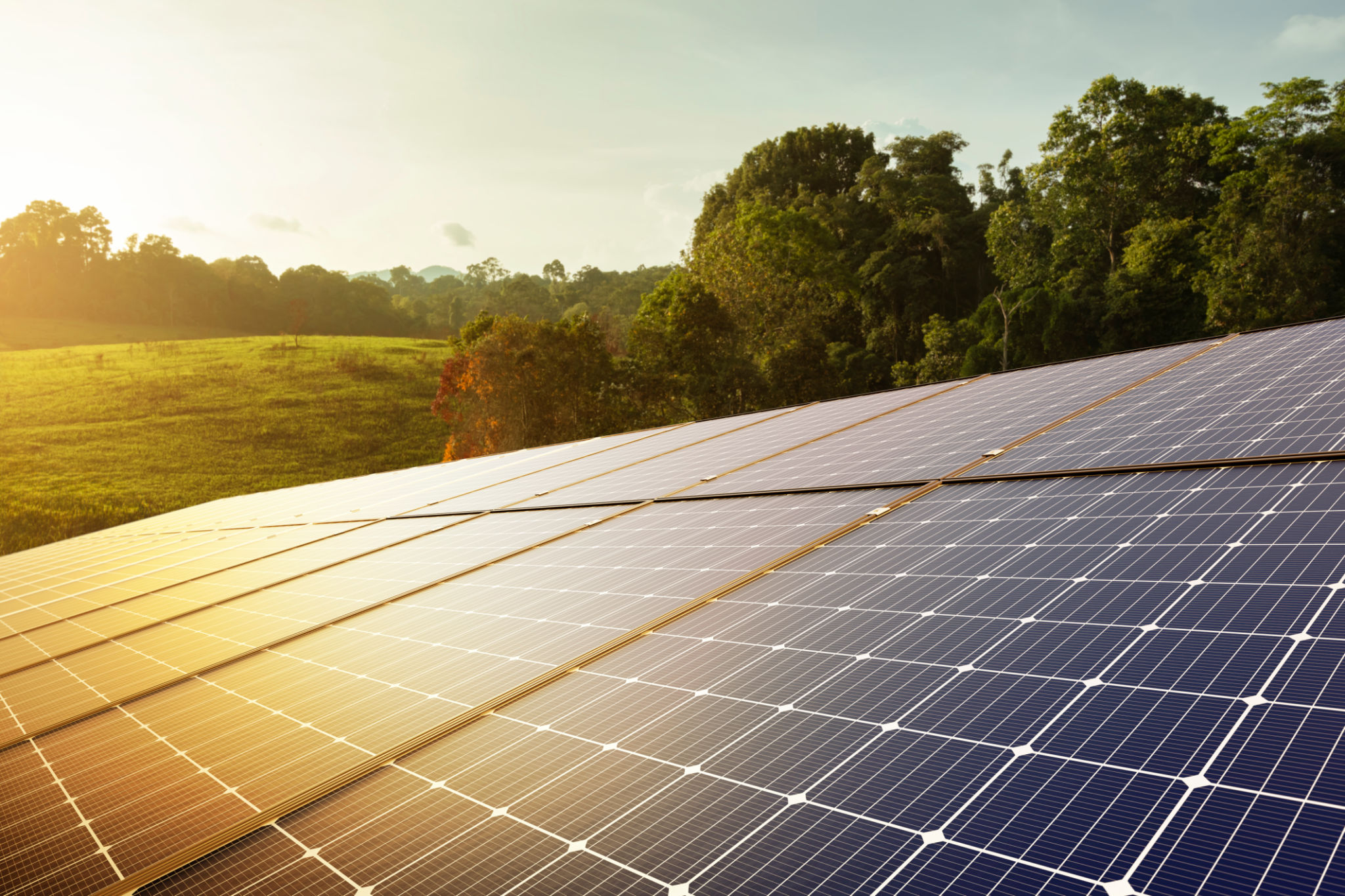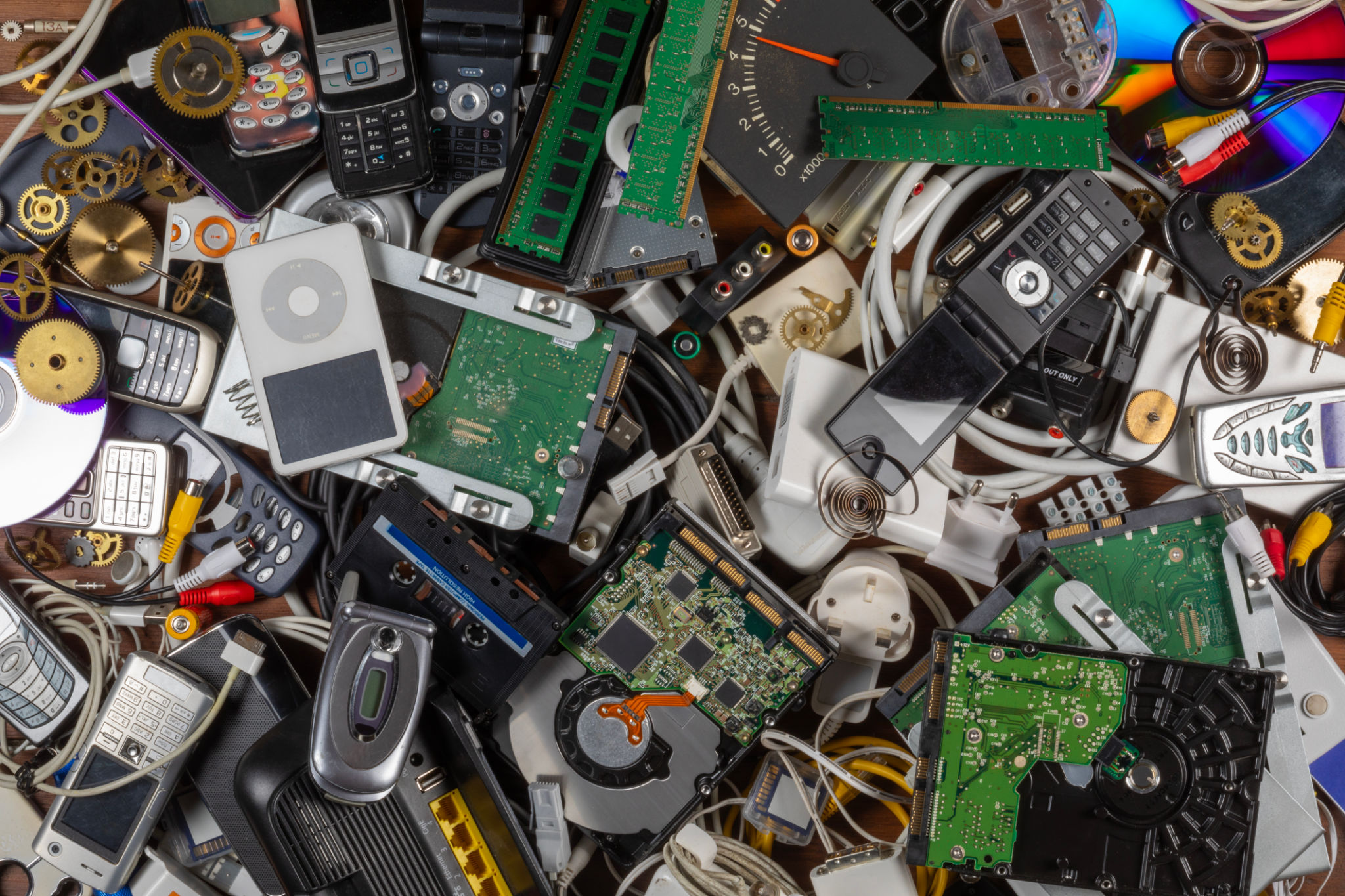Understanding the Environmental Impact of LED Lighting
The Rise of LED Lighting
In recent years, LED lighting has become increasingly popular, largely due to its energy efficiency and longevity. As more people and businesses make the switch from traditional incandescent bulbs to LED options, it's important to understand the environmental impact of this technological shift.
LEDs, or Light Emitting Diodes, have transformed how we illuminate our homes and workplaces. By using significantly less energy to produce the same amount of light as incandescent or fluorescent bulbs, LEDs are considered a more sustainable choice. But what does this mean for our environment?

Energy Efficiency and Reduced Carbon Footprint
One of the primary benefits of LED lighting is its energy efficiency. LEDs use up to 80% less energy than traditional bulbs. This reduction in energy consumption directly translates to fewer carbon emissions, as less electricity is required from power plants, many of which still rely on fossil fuels.
By switching to LEDs, both individuals and businesses can significantly decrease their carbon footprint. This shift not only aids in combating climate change but also contributes to a more sustainable future.

Long Lifespan and Waste Reduction
Another environmental advantage of LED lighting is its long lifespan. LEDs can last up to 25 times longer than traditional incandescent bulbs. This extended life means fewer bulbs need to be manufactured, transported, and disposed of, leading to a reduction in waste.
- Less frequent replacements mean decreased production demands.
- Reduced waste contributes to lower landfill use.
- Decreased transportation needs reduce emissions associated with shipping.

Lack of Hazardous Materials
Unlike fluorescent lighting, LEDs do not contain hazardous materials such as mercury. This absence makes them safer for both users and the environment. When LEDs reach the end of their life, they can be disposed of without the risk of releasing toxic substances into the ecosystem.
This characteristic also simplifies recycling processes, making it easier to repurpose materials from used LEDs, further contributing to environmental conservation efforts.
Challenges and Considerations
Despite their many benefits, there are still some challenges associated with LED lighting. For instance, the production process for LEDs involves rare earth elements, which can have environmental and ethical implications if not sourced responsibly.
Moreover, as LED technology advances, there's a potential for increased electronic waste if disposal methods do not keep pace with innovation. It's essential for manufacturers and consumers alike to prioritize responsible recycling practices.

Conclusion: A Bright Future
Overall, LED lighting offers a variety of environmental benefits that make it a superior choice compared to traditional lighting options. By enhancing energy efficiency, reducing waste, and minimizing hazardous materials, LEDs contribute positively to environmental sustainability.
As technology continues to improve, it's crucial for stakeholders in the lighting industry to address challenges related to resource use and disposal. By doing so, we can ensure that the shift towards LED lighting truly benefits our planet.